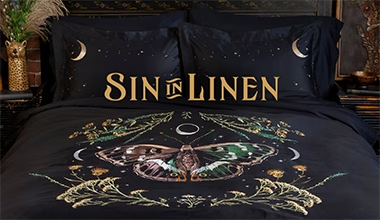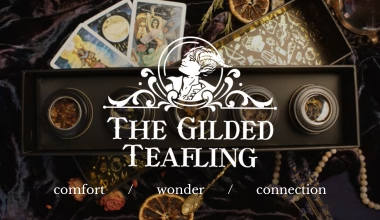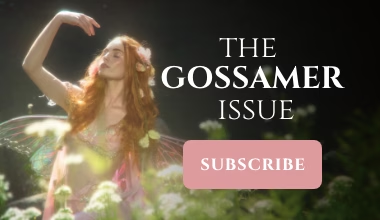Spring has its freshness and promise, summer gets all that lush light, and winter brings cozy idle hours—but autumn is really the most creative season. As the natural world’s showy stars (roses, larkspur, la-di-da) shed their blossoms, the air becomes crisp and brisk, driving out summertime languor. Trees flame with color; new mushrooms pop up among the roots. So we shed our old ideas and let new ones, long percolating, leap to the forefront. We’re filled with ideas for poems, plays, paintings, and recipes. We dive into our projects with renewed purpose.
Our minds can’t help but turn to longtime Romantic crushes Emily Brontë and Percy Bysshe Shelley, who embraced the season with all they had. In her poem “Fall, Leaves, Fall,” an atypically joyful Brontë gushes that “Every leaf speaks bliss to me.” Percy B. felt the same way, and his “Ode to the West Wind” of 1819 is an anthem for the season of creativity:
O wild West Wind, thou breath of Autumn’s being, Thou, from whose unseen presence the leaves dead Are driven, like ghosts from an enchanter fleeing […] Make me thy lyre, even as the forest is:
What if my leaves are falling like its own!
What if, indeed? Has anyone ever loved our Percy less for thinning a little? We honor him for daring to be the wind, for commanding it: “Be thou me, impetuous one!” That cleansing wind blows away old thoughts and habits; a purer poet sings the season. Who has not recited these lines while walking through a stiff breeze?
Well, now you will. Because this is the season for embracing the creative spirit with a full heart, for venturing with it into the wind and the rain and especially the woods. Most especially the woods at night, when we join bats and moths and other creatures that rustle and flit through dark corners of the mind. This is the season for daring a little or a lot, adding our own music to the symphony that is always playing around us.
The night and the forest are beckoning. Step inside.
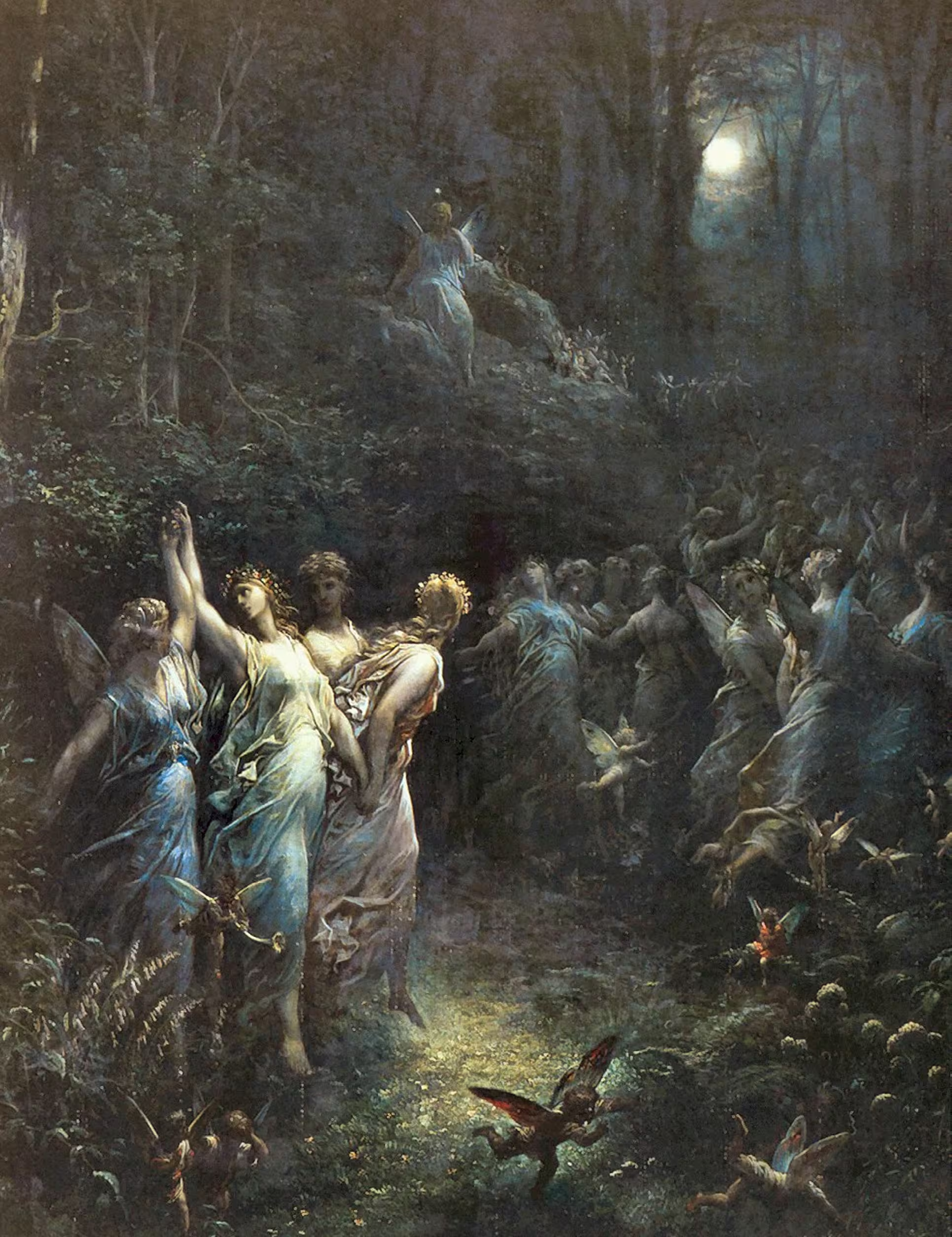
The Darkness
And turn off your flashlight, because tonight is going to change how you see.
The forest crepitates in an almost perfect darkness. Drop a city dweller into it and she’s completely disoriented. Eyes used to the bright lights see nothing but black—which is terrifying at first, for how can you tell what’s lying in wait to come rushing toward you? The fragments of moon and stars that shine through the branches don’t help. So you dip into the old magic and adapt an Irish cairn, or protection incantation, to your favorite guiding spirit:
Be thou a bright flame before me, Be to me a guiding star above,
Be to me a smooth path below, Today, tonight, and forever.
But just wait; the forest is working its magic, and your senses are already sharper. First breathe in that earthy, peat-scented darkness and its notes of blackberry, gooseberry, and spruce. Perhaps you’re near some lingering summer flowers that release their aromas in darkness rather than sunlight: giant angel trumpets blaring the headiest scent on the planet, full of longing; tiny white phlox that smell of vanilla and almond; or a rainbow of night-scented stock whispering a delicate sweetness to charm as your skirt brushes past.
Let those layers wind around you. You’ll hear more too, from the rustle of voles and beetles among the leaves to the feathery whisper of a sphinx moth’s wings in flight or the crisp susurration of a great horned owl. October is owls’ hooting month, as they stake claims to territory before mating season; that low, pure note sometimes drowns out the high screech of a big-eared bat as it uses sound waves to navigate among bare branches rattling in that wild westerly wind. Bats have very good eyesight, by the way, as long as they are in low light; the phrase “blind as a bat” is an injustice.
When you open your eyes, you’ll find your vision has begun to adjust too. Your perception of absolute darkness is shifting. You see nuances of color, shades of gray and varied blacks. At night our eyes perceive colors in shades tending toward blue … except red. What’s red in the sunlight becomes deepest black to us in the darkness, so your favorite rosebush has just gone goth. Smelling as sweet as by any other name, of course.
You watch that bat flying jerkily overhead and think of D.H. Lawrence, who described a bat in flight as
Dark air-life looping
Yet missing the pure loop …
A twitch, a twitter, an elastic shudder in flight …
Its sinewy wings stitch the night together.
Everything will become even clearer in the next twenty to forty-five minutes. That’s how long it takes to achieve full night vision, when your eyes are ten thousand to a million times more sensitive than they are in daylight. Details emerge as the grays continue to refine: the rough puzzle pieces of spruce and pine bark, the molting sycamore turning white for the winter.
Darkness moves against darkness when a fox lopes by (red by day, black by night vision) or that bat flits down to snap its jaws on the flies that have maddened you all day.
A gray-white opossum lumbering along seems shockingly bright, as she opens her absurdly pointy jaw and shows every one of her fifty sharp teeth. She does that by reflex; she would never wish you ill. She is only foraging for beetles and any last fruits of the season. Her sole defense from a potential predator is to hiss a little, then fall into a faint. She might even exude the odor of a dead animal for a few hours. She will respond well to kindness, so leave her a grape (opossums love grapes!) and walk on. Later, you may write a poem or paint a portrait for her.
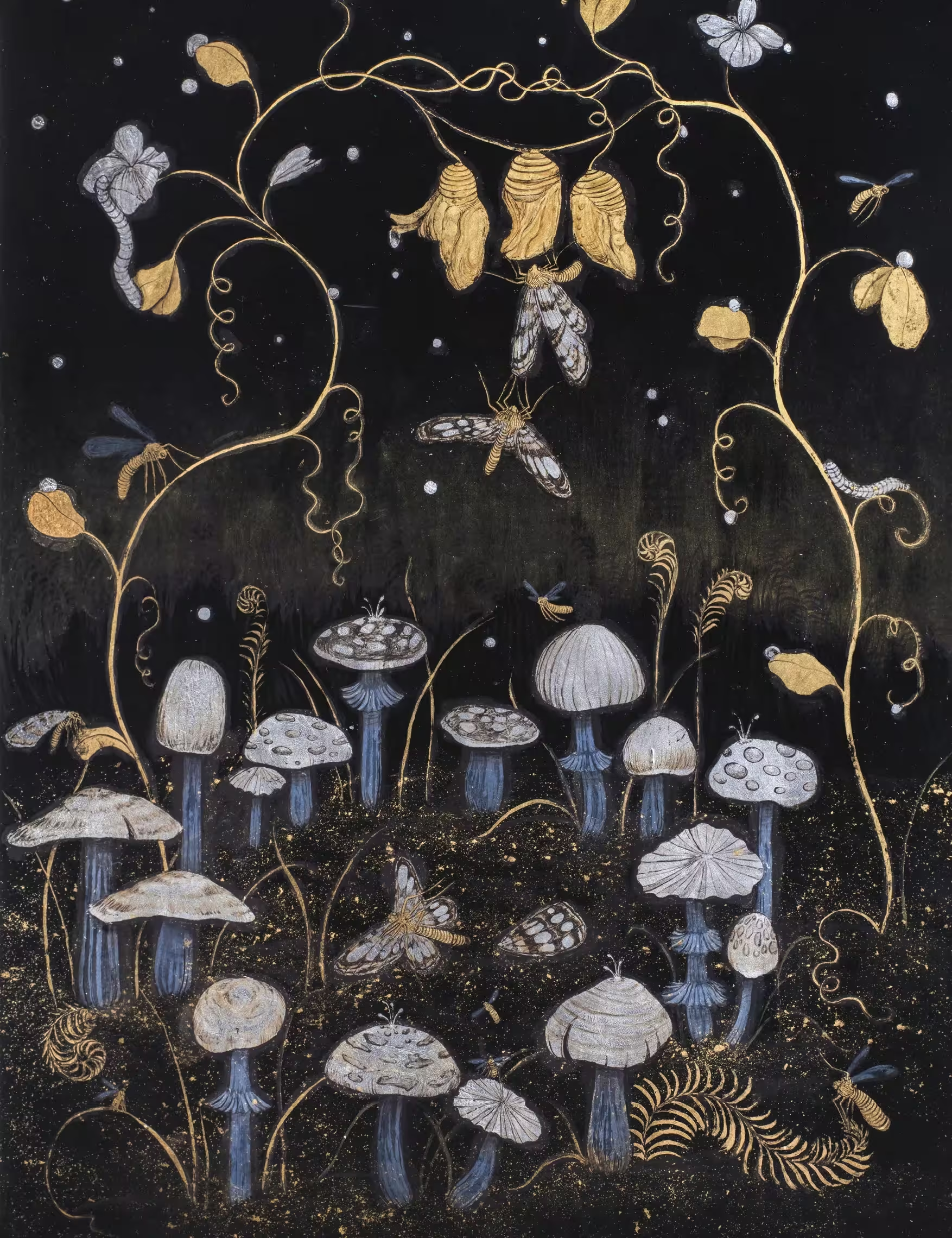
Of Moth and Metaphor
The night air is alive with creatures in flight—autumn’s winged muses.
You can take a page from the book of another genius, Sylvia Plath—whose first name, in fact, means “of the forest.” One of the dearest moments in all her work, a moment that makes me love the girl that she was as much as the artist she’d become, appears in her college diaries. On November 14, 1953, in the wake of heartbreak, she planned her next creative work: She would write about “a weak, tense, nervous girl” preyed on by a spoiled man. “There will be an analogy,” she mused, “a symbol, perhaps, of a moth being consumed in the fire.”
O Sylvia: Thank you for showing us that the well-worn metaphors on which we cut our teeth—dare we call them clichés?—can open a gateway to all the brilliance, the crackling anger and dazzling bliss, in breath-of-being poems like “Lady Lazarus” and “Ariel.” You were, of course, not the first literary great to write of moths and flames; even the Bard made use of the trope in The Merchant of Venice, when the formidable female lawyer, proverb-happy Portia, decried, “Thus hath the candle singed the moth,” with an appended comment: “O, these deliberate fools!”
Those light-hungry, fluttery, tiny-feathered white and brown moths—the less glamorous cousins of the fancy butterflies who rule the daylight—are an important part of the ecosystem. They pollinate flowers and trees, and they are food for predators such as bats and birds. (Everybody is food for somebody else.) They do good work.
But why are moths so self-destructively drawn to flames? You ponder it as you pause on a welcoming boulder for a sip of water. If you use a flashlight to check the rock for critters and picnicking elves, you’ll find a dozen moths fluttering around the beam. Scientists say that even these nocturnal insects are drawn to daylight and the sun, and any light will stand in for it. But some people (O, deliberate poets!) write that what the moths want is not the light but the deeper, more absolute darkness behind it—the infinite, the mystery.
As Walter de la Mare described it in his 1919 poem “The Moth,” the attraction is seductive and special—Isled in the midnight air, Musked with the dark’s faint bloom, Out into glooming and secret haunts The flame cries, “Come!”
How is a moth to resist a come-hither like that? She Stares from her glamorous eyes; Wafts her on plumes like mist; In ecstasy swirls and sways To her strange tryst.
Alas, a flame never brought anything good to a moth. So switch the flashlight off. Your eyes don’t need it now anyway.
The Web Underground
Eventually the trees give way to a glen, a grassy clearing.
If you’re lucky, tonight you’ll step into a mysterious circle of mushrooms, otherwise known as a fairy ring. It can be a good thing or a bad one, depending on how you feel about fairies (and indeed about mushrooms).
Some people believe that these rings are made by witches, and that stepping inside means you must do a witch’s bidding. Even if the fairies claim authorship, when you disturb a Scottish ring in any way, you’re doomed to bad luck and hardship, as an old rhyme will tell you:
He wha tills the fairies’ green Nae luck again shall hae:
And he wha spills the fairies’ ring Betide him want and wae.
Particularly harsh fairies might even bring about your early demise. So tread lightly.
But take heart! In Scandinavia (yay, Scandinavia!), the mushrooms grow where elves dance. If the nisser are dancing when you arrive, prepare to be caught up in the circle—literally caught, as the magical beings grab your hands and pull you in to spin and spin until daybreak. But if your ring is in Ireland
or Wales, you might see the fairies more quietly pulling up one mushroom to sit on while eating a light supper off another. Or perhaps they pluck a wide cap to use as an umbrella when it rains (as will inevitably happen in autumn).
In a rare mischievous mood, Emily Dickinson decided that “The Mushroom is the Elf of Plants”:
’Tis Vegetation’s Juggler— The Germ of Alibi—Doth like a Bubble antedate And like a Bubble, hie—
It’s sneaky, in other words. It lives to trick people, to start green things growing … and then vanish.
Now I must thank Ms. Plath again (O, sylvan Sylvia!) for the work of her early twenties. One memorable night in my own early youth, I drove down a saguaro-lined byway—Arizona’s version of a forest—in the midst of a drenching thunderstorm, headlights on high beam to spot cactus, coyotes, mule deer, and Gila monsters. I was listening to an audiobook of her flat, rather nasal voice (sounding to me like a shy Katharine Hepburn) reading from early poems about mushrooms and the like. It was an Experience, all that emotion pouring into the night of the season’s biggest storm. As she described mushrooms subsisting
on water, biding their time and then taking over the world in one busy night, I felt that old symbolic moth grow into a horde of quiet but fierce creatures.
“Mushrooms” is a strong feminist allegory, even stronger than Plath could have known. We now know more about mushrooms’ place in the natural world: They are astonishing super-organisms, crucial to the forest’s survival … but they in turn are just part of a much larger being. They and their fungal kin belong to a hitherto mysterious web that lies beneath the forest. When you walk among trees, you’re stepping on tendrils of fungus spun around their roots and woven together for yards and miles. The dome-capped nubbins that the fairies use as umbrellas are simply the aboveground outshoots of a symbiotic system known as the mycorrhizal network. Mushrooms are the fruit that spreads the spores.
“I lost my heart to the heart of the woods,” Canadian poet Ethelwyn Wetherald (how one does love a good Victorian name!) announced in 1895. She could have entrusted it to no better network:
Through the wild night, tempest-tossed and drear, My heart slept peacefully.
I found my heart in the heart of the woods, I looked on it and smiled;
And over it still the woodland broods, As a mother over her child.
The heart of the forest is its hub trees, sometimes called mothers, and this is where the web clusters: their ancient, deep roots. We’ve long known that fungus breaks down dead matter and produces phosphorus; it has recently been discovered that trees use the web for much more. They share water, plus sugar made through photosynthesis and other nutrients; they even send messages to each other through the web. A tree in trouble can signal for help—a jagged wound from a fallen branch, a sapling that doesn’t get enough light or water to thrive—and the mothers send it a sort of care package of water and sugar. The fungus receives plenty of rewards in return, siphoning off about 30 percent of the sugar that reaches it.
So we step with care, harvest our mushrooms with gratitude, embrace the power of connection. We honor this mystery.




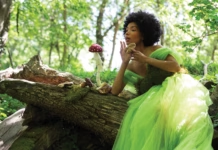

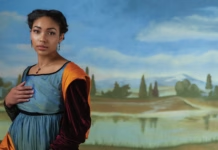
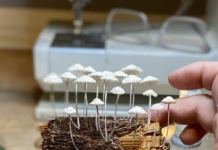
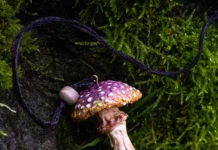

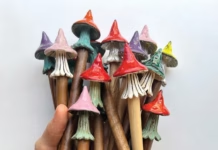


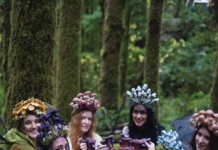

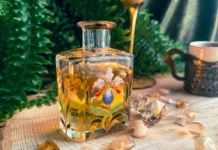
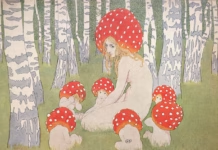
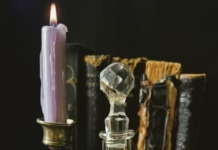



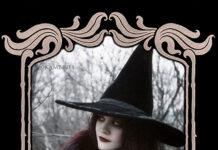

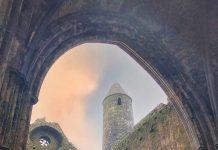
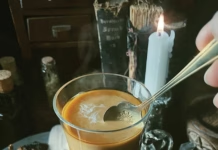
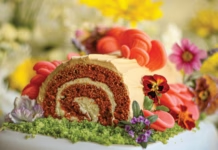
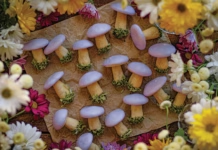

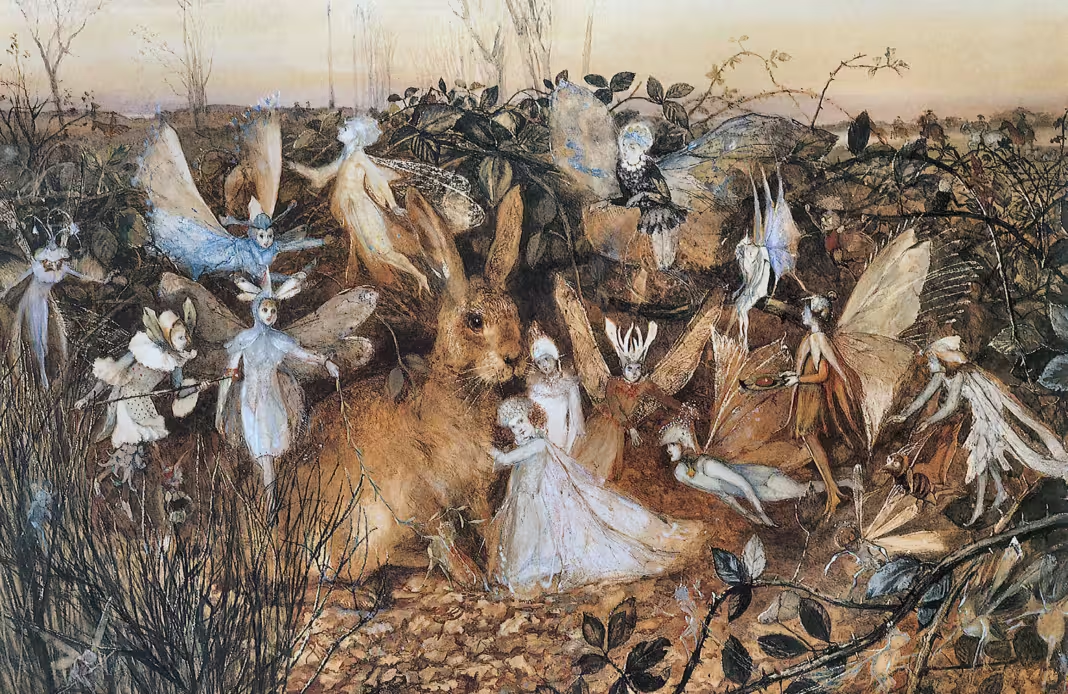
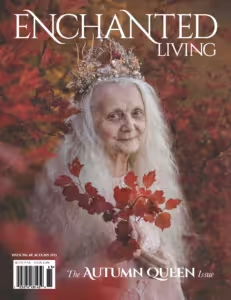 Enchanted Living is a quarterly print magazine that celebrates all things enchanted.
Enchanted Living is a quarterly print magazine that celebrates all things enchanted. 
